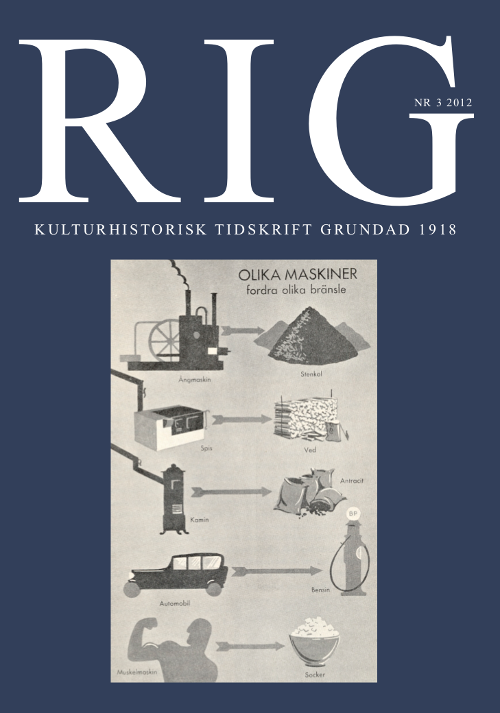Barnlekar i växtriket
Abstract
Children’s Games in the Vegetable Kingdom
Games in which children make use of flowers and other parts of plants have long been neglected among ethnologists, folklorists and cultural historians. The growth of ethnobiological research in recent years has, however, directed focus on this field. Inspiration has come from the works of two Scandinavian botanists with culture-historical preoccupation, the Norwegian Ove Arbo Høeg and the Dane Vagn J. Brøndegaard. They have shown that people's knowledge on wild herbs has been extensive. The article presents in an abridged form a classification of children’s games with herbs, put forward by the latter in his article Danske Børnelege med Blomster og andre Plantedele [Danish children’s games with flowers and other parts of plants]. A substantial part of the source material consists of letters addressed to a Swedish radio programme, Folkminnen [approx. ”Folk Traditions”], edited by the author of the article and broadcasted weekly during the years 1990–2005.
The basic parts of Brøndegaard’s classification are: (a) games where herbs are used for decoration, (b) the collecting, often in the form of games, of berries and edible plants in nature, (c) role games in which children use herbs to imitate objects belonging to the world of adults, (d) boys’ games, in which tools for throwing, hitting and shooting are made from vegetables, (e) sound instruments manufactured from herbs, (f) oracle games, for instance the use of flowers as love oracles, (g) superstitions and misconceptions about herbs as reflected in children’s games, (h) guessing games and plays in which herbs or parts of herbs are used, for instance nut games, (j) games and pranks with the intention of teasing or frightening the victim. Examples here are the use of spores of club moss (lycopodium) as a kind of firework or the manufacturing of frightening lanterns from turnips. The last category in Brøndegaard’s classification is (k) combat games and other competition games. One of these, in which a plant belonging to the plantago family is utilized, has the Swedish name ”kämpar”. Its counterpart in Scotland and northern England is called ”kemps”, a linguistic evidence of cultural influence from Scandinavia in the Middle Ages.
The modest game traditions presented in the article have to a great extent fallen into oblivion in our time, driven out of competition by the modern toy industry. The possibilities of doing further research within the ethnobotanical field in Sweden has increased since The Royal Swedish Academy of Agriculture and Forestry in Stockholm now has acquired Vagn Brøndegaard’s comprehensive library.

